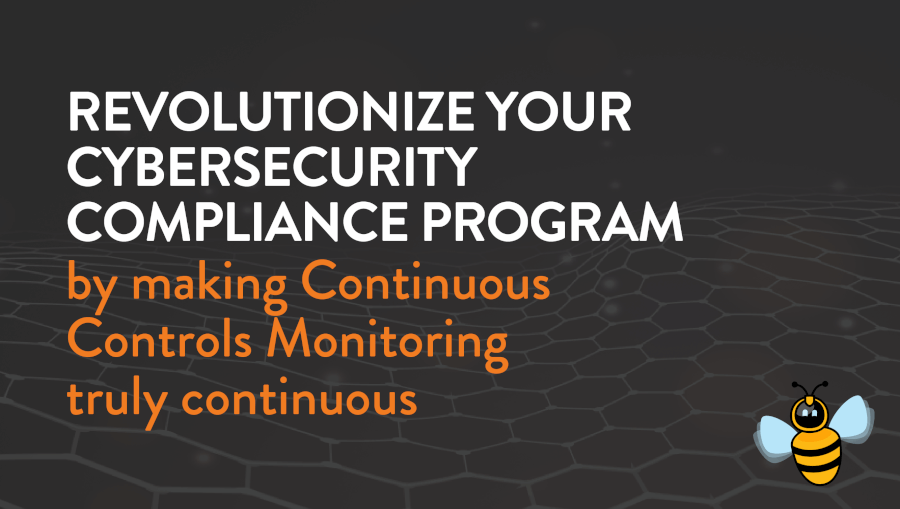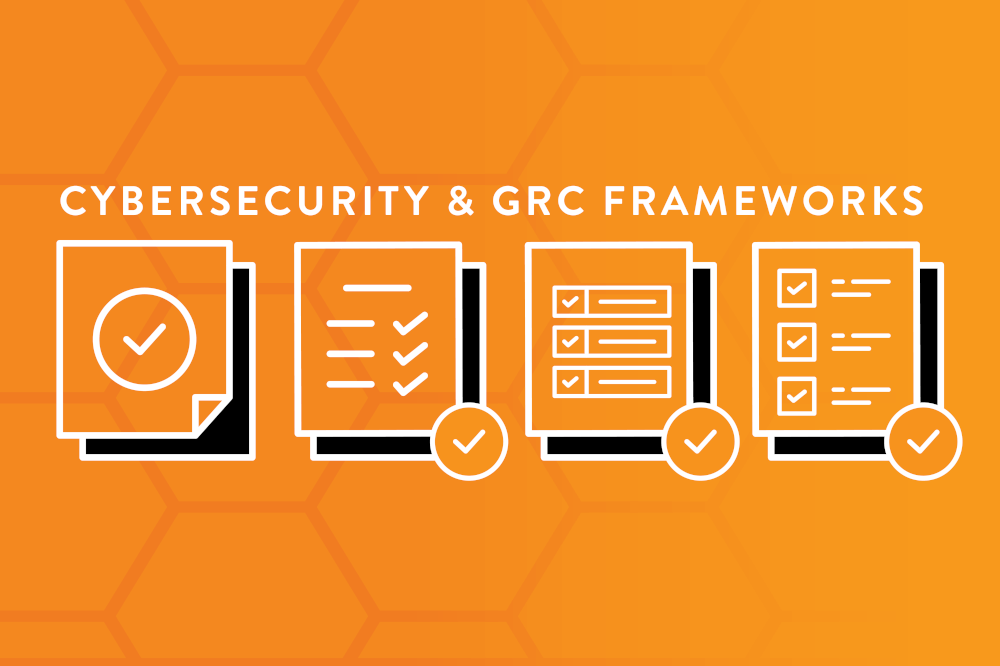Free the CISO, a podcast series that attempts to free CISOs from their shackles so they can focus on securing their organization, is produced by CIO.com in partnership with DataBee®, from Comcast Technology Solutions.
In each episode, Robin Das, Executive Director at Comcast under the DataBee team, explores the CISO’s role through the position’s relationship with other security stakeholders, from regulators and the Board of Directors to internal personnel and outside vendors.
As cybersecurity grows more complex, organizations are increasingly turning to security data fabrics to manage risk, streamline compliance, and enable proactive threat exposure management. In a recent fireside chat, Robin Das sat down with Steve Catanzano, Senior Analyst at Enterprise Strategy Group, to explore how a focus on outcomes and data fabrics are reshaping the cybersecurity landscape. Watch the full video: Outcome-Driven Metric Compliance in the Age of Security Data Fabrics.
Why Security Data Fabrics Are Gaining Traction
The shift to cloud environments, remote work, and the proliferation of IoT devices have transformed cybersecurity into a data management challenge. Traditional systems like legacy SIEMs are struggling to keep up. Security data fabrics offer a modern solution by:
- Extracting data from diverse sources
- Cleaning, normalizing, and standardizing it
- Creating a single source of truth for security operations
This unified approach supports a wide range of applications, from threat detection to compliance reporting.
The Role of Data Fabrics in Threat Exposure Management
Omdia research shows that 30% of organizations struggle with the volume of vulnerabilities, while 38% face challenges with prioritization. Security data fabrics help address these issues by providing structured, reliable data pipelines that feed continuous threat exposure management tools.
Operationalizing Compliance Frameworks
Organizations often face hurdles in implementing frameworks like NIST, PCI, and SOC 2. The challenges stem from:
- Obtaining access to the source data in a regular automated manner without a lot of manual effort from the team
- Lack of a unified data model, leading to inconsistent or inadequate metrics
- Difficulty in aligning compliance efforts and reporting across teams
Steve emphasized that governance is important, but accountability is critical. Localized knowledge—such as who should have access to specific systems or how to motivate teams for phishing awareness training—must be integrated into a broader compliance strategy. Making compliance a team sport is key to its success.
How DataBee Supports the Journey
DataBee helps organizations by:
- Structuring Data: Aligning with open standards like the Open Cybersecurity Schema Framework (OCSF), supported by AWS, Splunk, Cisco, and others.
- Cleaning and Normalizing: Handling the “unglamorous” work of preparing data so security teams can focus on threats and compliance.
- Dashboard Design: Assisting teams in building dashboards that align with specific frameworks and outcome-driven metrics.
As frameworks evolve and businesses grow, DataBee helps ensure that the underlying data infrastructure enables a flexible, scalable solution that security teams can readily aligned with their strategic goals.
Conclusion
Security data fabrics are no longer a future concept—they’re a present-day necessity. By enabling structured, reliable, and actionable data, they empower CISOs to prove the impact of their cybersecurity programs and operationalize compliance with confidence. With platforms like DataBee, organizations can simplify complexity and work to stay ahead of emerging threats.
As cybersecurity grows more complex, organizations are increasingly turning to security data fabrics to manage risk, streamline compliance, and enable proactive threat exposure management. In a recent fireside chat, Robin Das sat down with Steve Catanzano, Senior Analyst at Enterprise Strategy Group, to explore how a focus on outcomes and data fabrics are reshaping the cybersecurity landscape. Watch the full video: Outcome-Driven Metric Compliance in the Age of Security Data Fabrics.
Why Security Data Fabrics Are Gaining Traction
The shift to cloud environments, remote work, and the proliferation of IoT devices have transformed cybersecurity into a data management challenge. Traditional systems like legacy SIEMs are struggling to keep up. Security data fabrics offer a modern solution by:
- Extracting data from diverse sources
- Cleaning, normalizing, and standardizing it
- Creating a single source of truth for security operations
This unified approach supports a wide range of applications, from threat detection to compliance reporting.
The Role of Data Fabrics in Threat Exposure Management
Omdia research shows that 30% of organizations struggle with the volume of vulnerabilities, while 38% face challenges with prioritization. Security data fabrics help address these issues by providing structured, reliable data pipelines that feed continuous threat exposure management tools.
Operationalizing Compliance Frameworks
Organizations often face hurdles in implementing frameworks like NIST, PCI, and SOC 2. The challenges stem from:
- Obtaining access to the source data in a regular automated manner without a lot of manual effort from the team
- Lack of a unified data model, leading to inconsistent or inadequate metrics
- Difficulty in aligning compliance efforts and reporting across teams
Steve emphasized that governance is important, but accountability is critical. Localized knowledge—such as who should have access to specific systems or how to motivate teams for phishing awareness training—must be integrated into a broader compliance strategy. Making compliance a team sport is key to its success.
How DataBee Supports the Journey
DataBee helps organizations by:
- Structuring Data: Aligning with open standards like the Open Cybersecurity Schema Framework (OCSF), supported by AWS, Splunk, Cisco, and others.
- Cleaning and Normalizing: Handling the “unglamorous” work of preparing data so security teams can focus on threats and compliance.
- Dashboard Design: Assisting teams in building dashboards that align with specific frameworks and outcome-driven metrics.
As frameworks evolve and businesses grow, DataBee helps ensure that the underlying data infrastructure enables a flexible, scalable solution that security teams can readily aligned with their strategic goals.
Conclusion
Security data fabrics are no longer a future concept—they’re a present-day necessity. By enabling structured, reliable, and actionable data, they empower CISOs to prove the impact of their cybersecurity programs and operationalize compliance with confidence. With platforms like DataBee, organizations can simplify complexity and work to stay ahead of emerging threats.
More posts


Knowledge is Power with a Security Data Fabric - Next-Gen Data Transformation Platform


Security Data Maturity Model Whitepaper


Revolutionize your cybersecurity compliance program by making Continuous Controls Monitoring truly continuous
Discover how to revolutionize your cybersecurity compliance program with Continuous Controls Monitoring (CCM). Learn from DataBee experts how real-time visibility, a cybersecurity data fabric, and proactive strategies can transform compliance from a checkbox to a continuous advantage.









